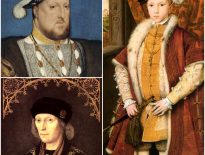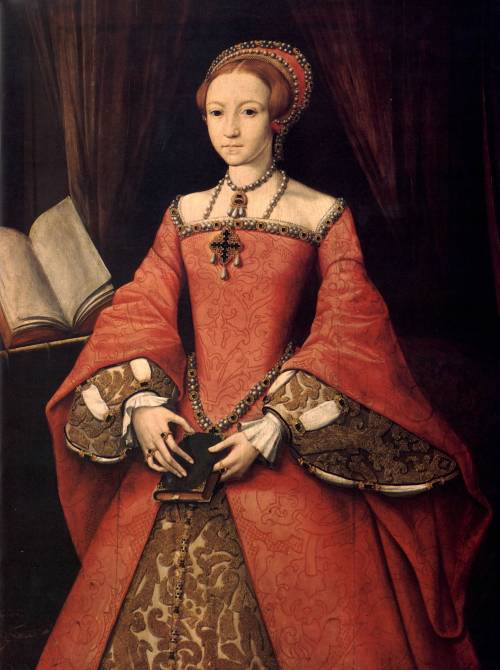Sir Francis Drake died on this day in Tudor history in 1596, but who was he? I share some Francis Drake facts and two legends that surround this colourful man.
Also on this day in Tudor history:
- 1501 – Death of Thomas Langton, Bishop of Winchester and Archbishop-elect of Canterbury, from the plague. He had been elected Archbishop on 22nd January, but died before his consecration. He was buried at Winchester Cathedral, in the chantry chapel.
- 1510 – Death of Sir Thomas Brandon, soldier, courtier and diplomat. He was buried at the London Blackfriars on 29th January. Brandon served Henry VII as Master of the Horse and Henry VIII as Warden and Chief Justice of the Royal Forests to the south of Trent.
- 1541 – The parsonage, lands and right to appoint clergy in Haverhill, Suffolk, were granted to Anne of Cleves. Her marriage to Henry VIII had been annulled in the previous July.
- 1548 – Archbishop Thomas Cranmer wrote to Bishop Bonner informing him that the Lord Protector had decided “that no candles should be borne upon Candlemas Day, nor also from henceforth ashes or palms used any longer.”
- 1550 – Execution of Humphrey Arundell, rebel, at Tyburn. He was hanged as a traitor after leading the rebel forces in the Cornish Prayer Book Rebellion of 1549.
- 1556 – Execution of Bartholomew Green, Protestant martyr, at Smithfield, with six other Protestants. Green was a zealous evangelical and also appears to have been behind the circulation of a bill denouncing Philip of Spain and Mary I, and supporting Elizabeth.
- 1606 – The Trial of the eight surviving conspirators of the Gunpowder Plot, including Guy Fawkes, began in Westminster Hall. They were found guilty of treason and sentenced to be hanged, drawn and quartered. Some were executed on 30th January, but Guy Fawkes met his end on the 31st. Click here to read more.



Funny thing is I was watching a documentary yesterday I recorded a few days ago about the circumnavigation or rather life on board the Golden Hind and some of the things that went on during the voyage. She was small but nifty and manoeuvreable and built for swift assault and boarding. The original disintegrated years ago but there is a replica in Southwark, Southern Bank of the Thames and it is beautiful. The men were told that the voyage was a trading expedition to Alexandra. When the truth was announced they mumbled and grumbled. One, his friend, Thomas Dougherty planned a mutiny and was executed by Drake. He was also suspected of necromancy and that was especially dangerous. He had probably just gone round the bend with the long voyage, fear, limited diet and cramped conditions. The reaction to his death sentence was extraordinary. Dougherty asked Francis to take communion with him and calmly accepted his fate.
Drake was a rogue, a pirate, a soldier, sailor, gentleman, charmer, leader and courtier. He made Elizabeth rich and he was rewarded himself. One of his stops saw him warmly received by the Chief and his family and the two became friends and allies. He always had a band on board and he sketched, drawing many of the people and plants he encountered.
Thank you for an interesting video. I was not familiar with much of this information.
I do have a question, though, about another “on this day” on your list for today… Who is Sir Michael Brandon? Not the Duke’s father, he died in the battle of Bosworth. Is it a brother or uncle? Just curious…
Hi Michelle,
Thank you, Drake is a fascinating man.
Thomas Brandon was Charles Brandon’s uncle.